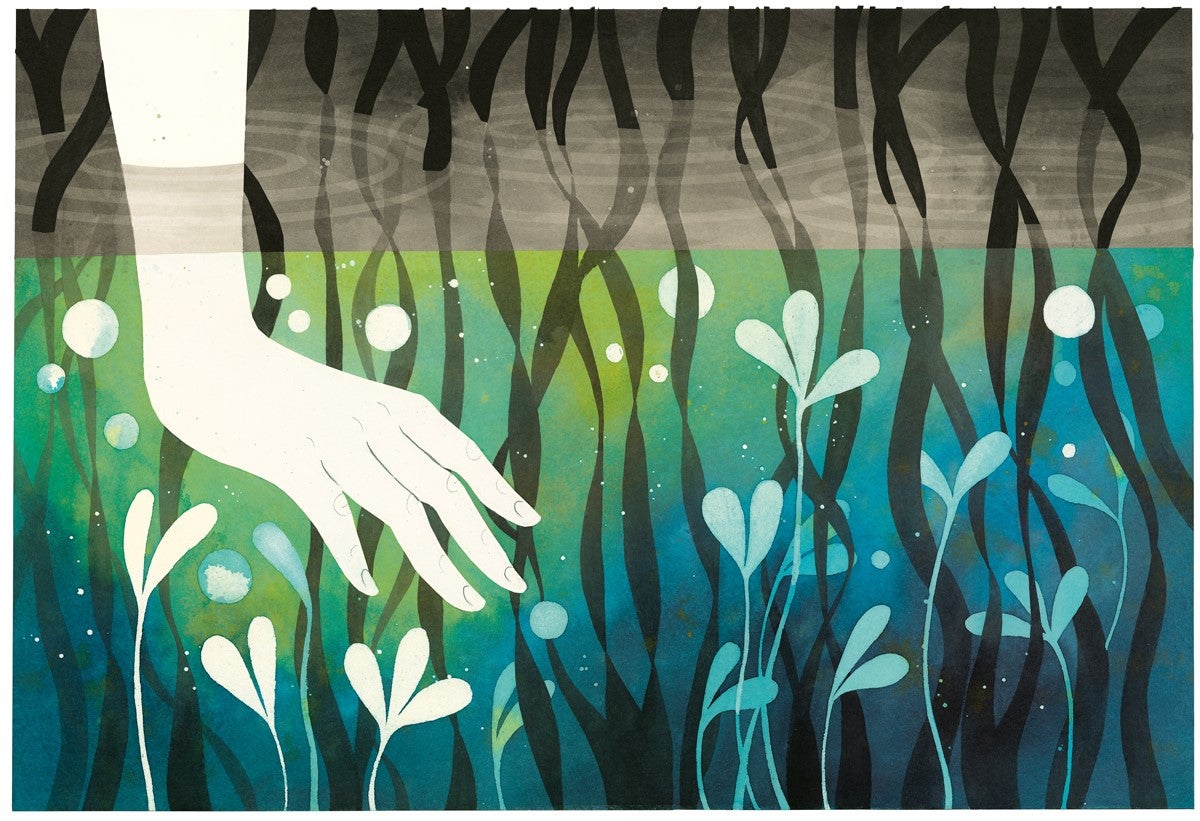Q&A with Vesper Stamper
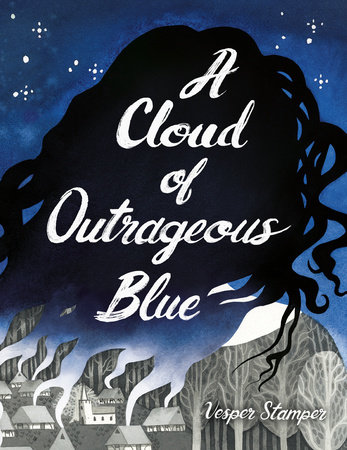
A Cloud of Outrageous Blue By Vesper Stamper
Vesper Stamper is the author of What the Night Sings, a Morris Award finalist, longlisted for the National Book Award, and winner of the Sydney Taylor Award. In her sophomore novel, A Cloud of Outrageous Blue, a young woman paves her own path and falls in love during the Great Plague of 1348. We talked with Vesper about writing historical fiction, how her book connects to our current times, and the joy she finds in connecting with young readers.
In your last book, you explored the topic of the Holocaust and surviving Nazi Germany and its aftermath as a Jewish person. This book is about a medieval plague. Why do you gravitate toward historical fiction?
History is just the story of human choices, and how those choices intersect. We often learn in school that it’s all about the power plays of those at the top, but the fact is that we are living in a story right now that will one day be part of “history.” That’s just as true of a hidden life like Edyth Le Sherman’s in A Cloud of Outrageous Blue as it is of yours or mine. The little choices we make can have extraordinary effects. That’s what interests me: how one unknown person—like you or me—takes ownership over our own life and choices in times of extraordinary pressure.
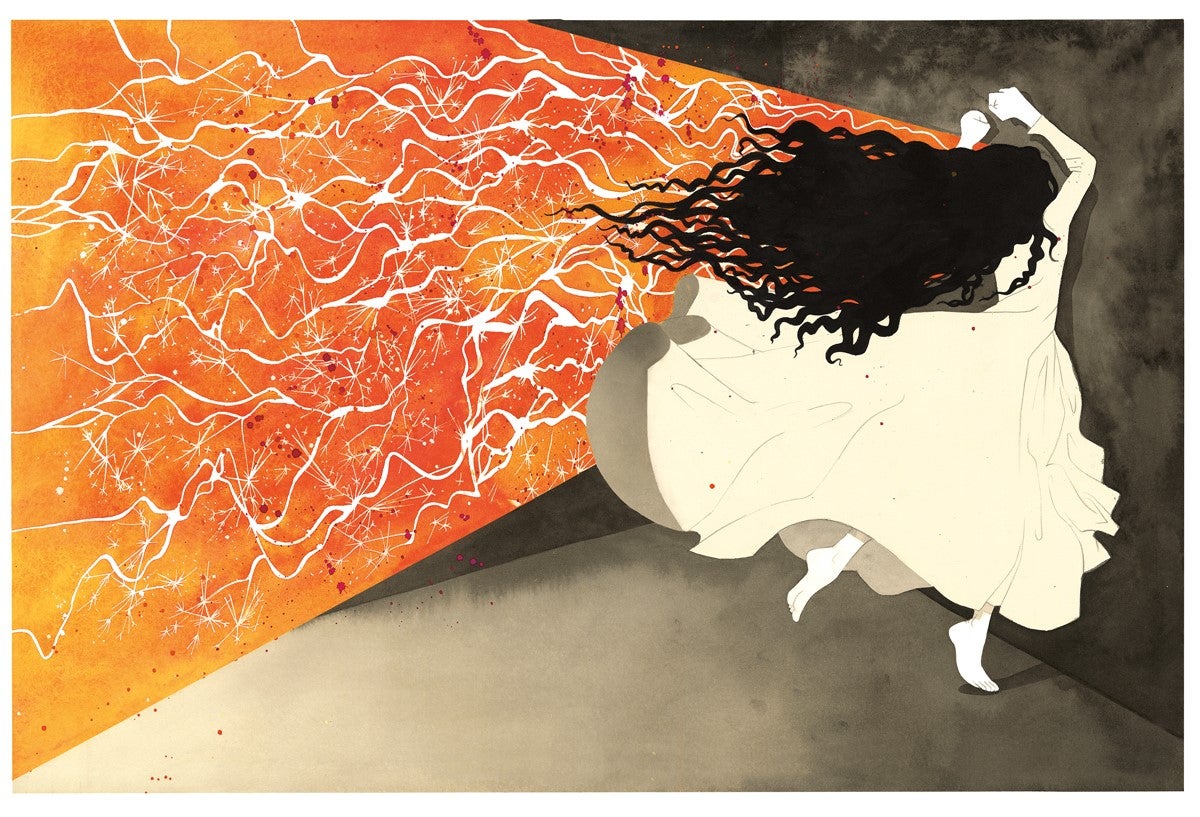
Can you talk about your research process and how it differs between books?
When I wrote What the Night Sings, I had the honor of interviewing living witnesses to the Holocaust—people who had been in the camps and experienced these events, which I incorporated into Gerta’s story. This time around, because there aren’t—as far as I’m aware!—any 700-year-old people to interview, I had to do a lot more reading about tiny, mundane things, like whether groups of people traveled by cart in the time I was writing about. Human nature doesn’t change, but since Edyth lived in the fourteenth century and the peasantry of that time didn’t have much in the way of written records, I had to research everything from food to holidays to Latin prayers. But researching A Cloud of Outrageous Blue definitely lit up all the nerdy little areas of my brain.
There is an obvious connection between the story in A Cloud of Outrageous Blue and our current plague, COVID-19. Talk a little bit about how it feels to publish a novel on this topic and the connections your book has to our modern crisis.
Honestly, I felt a little more mentally prepared for this pandemic than I think I would have had I not learned about the plague, and I think A Cloud of Outrageous Blue can help readers to put this pandemic in historic perspective. In 1349, between one-third and one-half of the population of Europe died, and the time from the onset of symptoms to death was about three days. That isn’t to minimize what we’re going through at all, but it does highlight how blessed we are to have modern medicine and infrastructure. I believe that medical advances will come from this crisis, just as they did back then. One advantage medieval people had was their understanding of the inevitability of death. I think modern folks tend to lean so heavily on our ability to fix things that it can leave us unprepared to grapple with the big questions of life, death, and meaning.
What has troubled me most, however—though not surprised me at all—is the social upheaval that has resulted from the pandemic. Fear tends to rule at times of uncertainty, and it can cause people to become incredibly suspicious of each other. As the Prioress says in Cloud, “Fear kills, Edyth, but it does not have to win.” The destructive nature of fear is, to me, something we all need to pay attention to. Because just as the Great Plague brought out terrible things in some people, it also ushered forth an explosion of self-sacrifice, love, creativity, individualism, and choice for people who previously had their lives more or less prescribed. It can happen for us, too, but we have to intentionally choose to love our neighbors instead of fearing them and making assumptions about them.
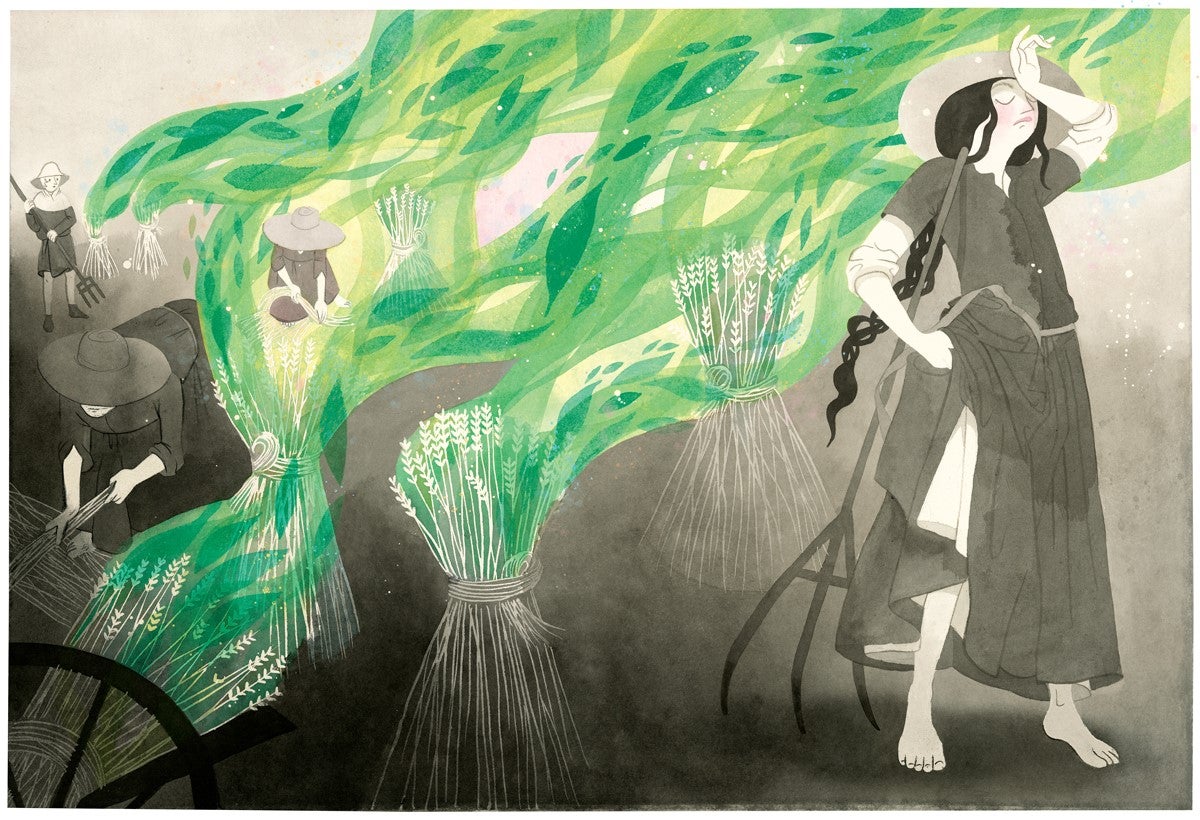
Like your debut, this novel is gorgeously illustrated (sample pieces shown throughout this page). Why do you choose to illustrate your novels?
Thank you! Frankly, I illustrate my novels because Knopf lets me! It’s always been my dream to help resurrect the illustrated novel, which was standard in the nineteenth and early twentieth centuries. I think that we never outgrow our love and need for beautiful pictures to help deepen our connection to a story. All the beautiful artwork of the Middle Ages—which adorns everything from the smallest medieval parish church to the greatest cathedral—was meant to tell a story. I think I’m just continuing that tradition. The visual aspect of a work allows you to put yourself in the scene with—or as—the character you’re reading about. Each piece is meant to serve as a moment that the reader can use to pause, to imagine and embody the emotion and experience of the character.
Since authors are currently unable to have in-school visits, could you give an elevator pitch of what you would share with students if you were visiting their classroom?
I always love to help students understand that, just like any other historical or cultural figure, they matter, their choices matter, and loving their neighbors matters. More than any other time in life, our teen years set the stage for who we’ll be in the world, whether we realize it or not. It’s a powerful time. We are all historical figures, writing and living history together now.
One of the things I look forward to most when I do author visits is hearing from readers about how my stories intersect with theirs. It doesn’t mean every reader agrees with what I’ve put on the page, and actually, some of my favorite discussions are the ones where we can model healthy disagreement and still find common ground. I try to look each reader in the eye and communicate my respect and care for them. That might be more important than any words or images I create—that human-to-human moment of communicating “I see you, and you matter to me.”
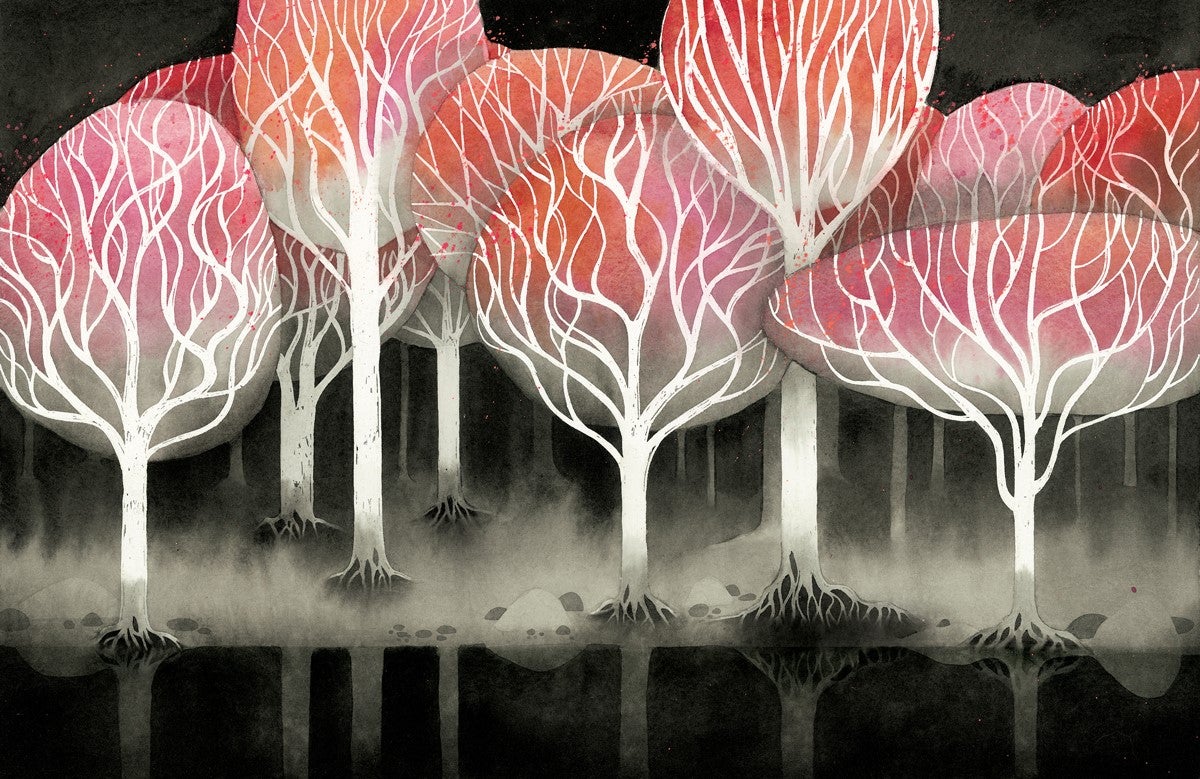
We love to hear from authors about their inspirations and favorite things! What books, resources, and tips have been getting you through this time.
Because of the subject matter I deal with in my books, both historically and emotionally, I can get obsessed with my work and overcome by the passion to be an agent of change. It’s not good to live at 200 percent intensity all the time, though. I’m learning how important it is to take care of my own soul, and that that’s actually good for the work as well. So lately, I’ve been reading a lot about art and beauty, for their own sake. I believe that just as the Renaissance emerged from the devastation of the Great Plague, a burst of innovation and creativity can emerge from this time if we’re intentional about it. To that end—and this seems small, but it’s not—I’ve been very focused on nurturing my little flower garden. It’s the first year everything hasn’t either died or been eaten on my watch! I’m doing some landscape paintings, and I’m enjoying time with my family.
We may never have a chance like this again to really cultivate our own souls. It’s a time to get very real with ourselves, and to strengthen our friendships. I have a small group of very close friends who I talk to daily, who keep me grounded, centered in gratitude and love. And every morning, before I lift my head from the pillow, I read one chapter of the book of Psalms. Every human emotion is both represented and accepted in the Psalms, from rage to joy and everything in between. It reminds me that even in the times of greatest turmoil, we can still choose to steer ourselves away from vengeance, anxiety, and fear and toward love.
Could you tell us what’s next for you?
Well, now I get to introduce people to Edyth’s story! Whether it’s virtual or, hopefully, in person, I can’t wait to connect with readers again! I tried to create a book that felt like an illuminated manuscript for our times, and who knew it would be so close to our times.
I’ve also illustrated a picture-book biography of Jane Austen written by Jasmine A. Stirling that comes out in January. And I’ve been working on a new novel . . . but I can’t say anything about it just yet—only that it seems to be writing itself, which is a very good sign. Other than that, I’m doing the same as everyone else—watching and waiting to see what comes next in our story.
